A Brief Overview of the Project
The client (a scientific nutritionist specializing in hair mineral analysis) approached our SEO writer, Shafiq Saiqo, to write SEO content for her website. But despite publishing over 50 high-quality blog posts, the website’s traffic and rankings remained stagnant. The content was valuable but failed to reach its intended audience due to underlying SEO issues.
The site needed a heavy technical SEO revamp. So that’s when Ahmad Amin, an experienced SEO specialist, made an entry. We conducted a thorough audit to discover critical issues hindering performance.
To complement these efforts, Asad Ullah, a skilled WordPress developer, also helped to address design and structural problems.
This collaboration successfully transformed the website into a technically sound and optimized platform, ready to deliver measurable results.
The Challenges
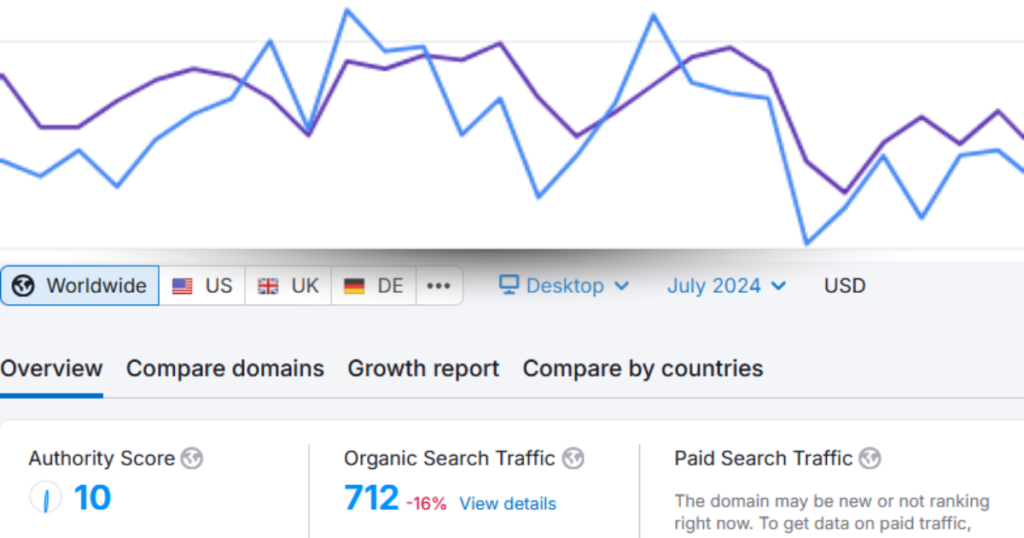
So the biggest pain in the neck was that we were publishing blog posts but the traffic and the results were not noticeable. The client was investing money and our writer was using all his energies to write high-quality content. The content strategy was very sound, too.
And that’s where we decided to have a technical analysis of the website.
A detailed audit revealed several critical issues:
- Canonicalization errors: Widespread on paginated category pages, causing duplicate content confusion.
- Duplicate H1 tags: Found on multiple pages, disrupting the site’s structure and hierarchy.

- Crawling and indexing problems: Key pages were ignored or poorly ranked.
- Incorrect sitemap: Included unnecessary tag and author pages.
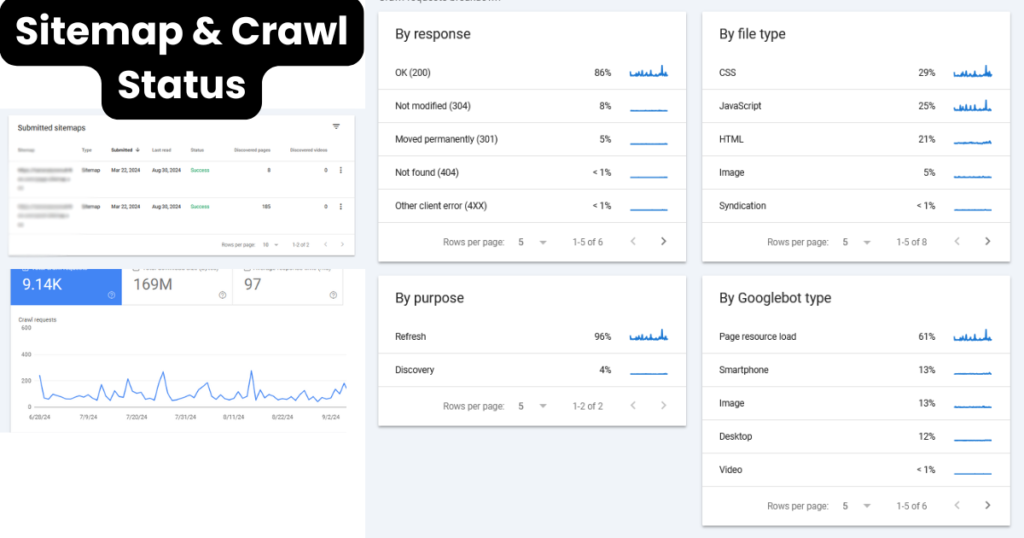
- Mobile optimization errors: Limited usability and accessibility for mobile users.
- Spammy backlinks: Reduced the site’s authority.
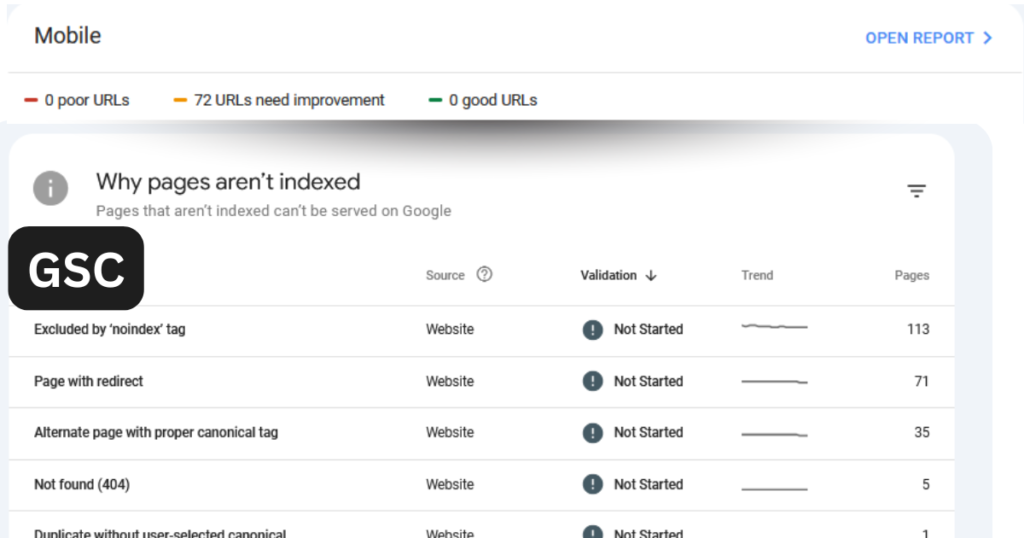
- Non-converting keywords: Targeted informational keywords with little conversion potential.
- Inefficient internal linking: Poorly structured links hindered navigation and content relationships.
The impact of these issues was significant.
The website suffered from low click-through rates (CTR), minimal impressions, and stagnant organic traffic. Even though the content was of high quality, the site failed to attract its intended audience or convert visitors into leads.
Addressing these challenges required a multi-pronged approach.
So we strategize to fix technical issues, adjust keywords, and improve the structure of the site to get the true potential of the site.
SEO Audit and Analysis
We conducted a comprehensive SEO audit using advanced tools, including Google Search Console, SEMrush, Screaming Frog, Google PageSpeed Insights, and Moz.
These tools provided a detailed overview of the website’s technical health, backlink profile, and keyword performance.
Here is the step-by-step audit process.
- Website Structure and Sitemap Analysis
Using Screaming Frog, we crawled the website to evaluate its structure. This revealed an incorrect sitemap that included unnecessary tags and author pages. Because of this issue the search engine (Google) was prioritizing irrelevant URLs. We also found poor organization of content which was making navigation difficult for both users and search engines.
- Schema and Metadata Review
We analyzed the site’s schema markup using Schema.org and Google’s Rich Snippets Testing Tool. Several pages lacked proper schema implementation, which hindered search engines from understanding the site’s content hierarchy. Duplicate meta tags and missing canonical tags were also identified.
- Identification of Technical Errors
Duplicate H1 Tags: Many pages featured multiple H1 tags, diluting their SEO value.
404 Errors: Broken links scattered across the site disrupted user experience and reduced crawl efficiency.
Rendering Issues: JavaScript and CSS errors led to poor rendering of certain pages, particularly on mobile devices.
- Backlink Analysis
We identified a significant number of spammy backlinks that negatively impacted the site’s domain authority using Moz. These links needed disavowing to restore credibility.
- Keyword Research
We reviewed the existing keyword strategy and found that the site was primarily targeting informational keywords with low conversion potential. Missed opportunities for transactional and commercial keywords were identified, particularly in long-tail variations.
Implementation of Solutions
We started with resolving the technical problems with existing content.
Technical Fixes
- Canonicalization and Duplicate H1 Tags: Canonical tags were added to paginated category pages to resolve duplication issues, and duplicate H1 tags were corrected across the site.
- 404 Errors: All broken links were redirected appropriately, and these changes were validated in the Google Search Console.
- Sitemap Optimization: The sitemap was cleaned up by removing irrelevant tag and author pages and resubmitted to Google for indexing.

- Spammy Backlinks: A thorough disavow process was implemented to neutralize harmful backlinks, and spammy URLs were blocked from crawling.
- Structural Improvements
- Homepage Revamp: A new homepage layout was proposed to highlight branding, services, and testimonials, improving both user engagement and conversions.
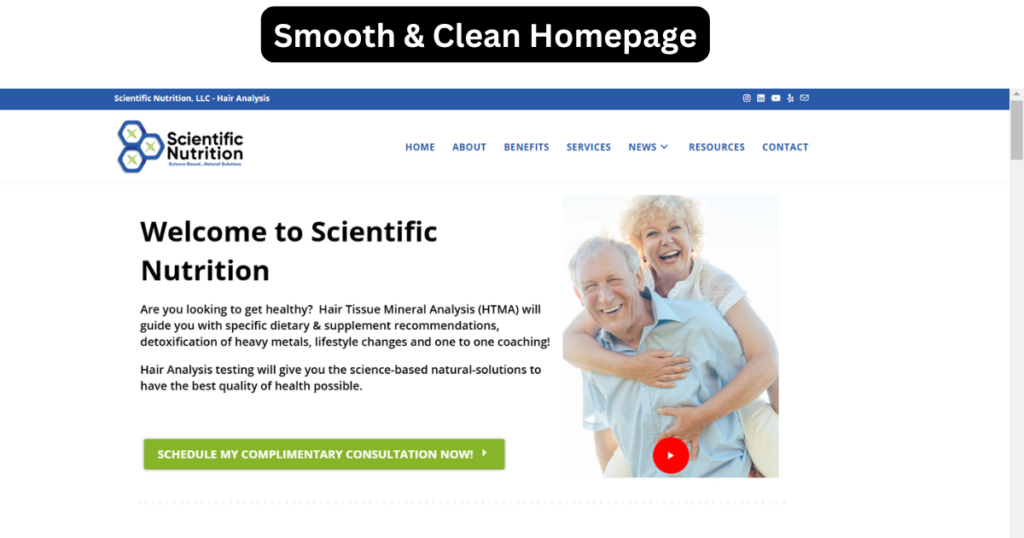
- Website Structure: The site’s structure was reorganized to enhance navigation, making it easier for users and search engines to access important content.
Keyword Strategy
After technical fixes, it was time to modify keywords and content. So we focused on;
- Targeted Keywords: The focus shifted from low-conversion informational keywords to commercial and transactional ones aligned with the client’s business goals.
- Long-Tail Keywords and Clusters: Topical clusters were created using long-tail keywords to improve ranking potential and relevance.
This comprehensive plan was executed collaboratively. Ahmad Amin led the SEO strategy, Asad Ullah handled technical and design changes, and Shafiq Saiq made sure that the content aligned with the updated structure and keyword strategy.
Together, these efforts transformed the site into a more functional and SEO-optimized platform.
Results Achieved
The implemented solutions delivered measurable results within just 30 days, highlighting the effectiveness of the SEO strategy.
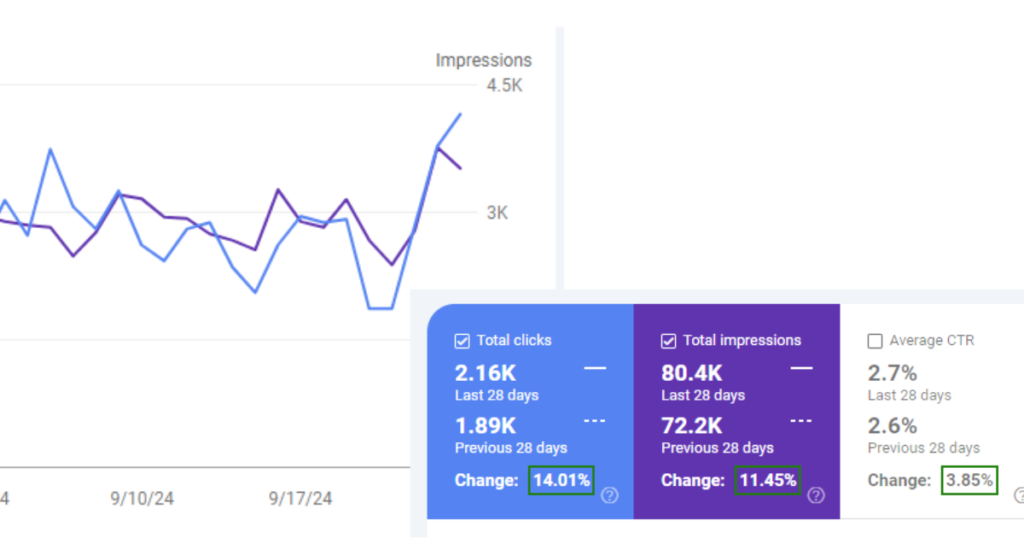
Clicks: Organic clicks increased by 14%, reflecting improved visibility and engagement.
Impressions: Impressions rose by 11%, indicating better search engine recognition and ranking for targeted keywords.
CTR: The click-through rate improved by 3.8%, showcasing enhanced relevance of search results to user intent.
Apart from these metrics, the website’s functionality and user experience saw significant improvements. The updated structure made navigation easy and the the optimized sitemap and resolved technical errors made crawling and indexing fast.
The client was very satisfied with the progress. And praised the collaborative approach and the swift turnaround in performance. We are still working with this client.
We Can Help you Achieve the Same Results as Well
This is just one instance of our successful collaboration. We have revitalized several dead websites and helped our clients achieve the desired results.
We can do the same for your fashion business as well.

